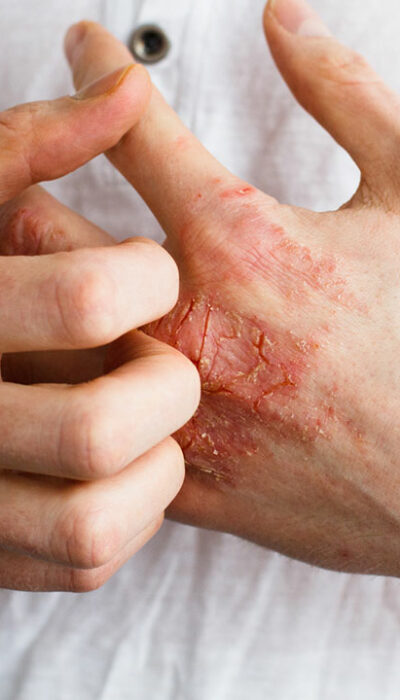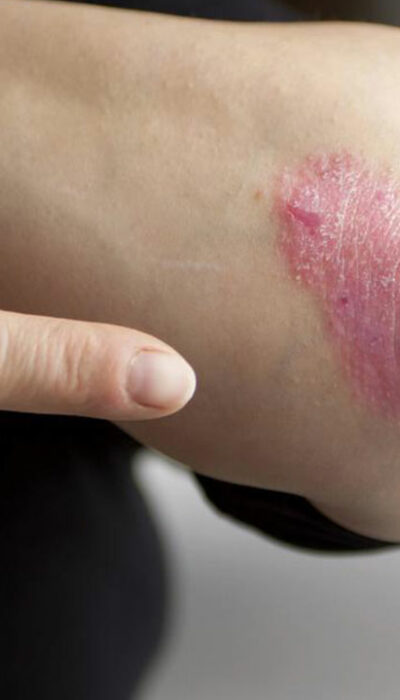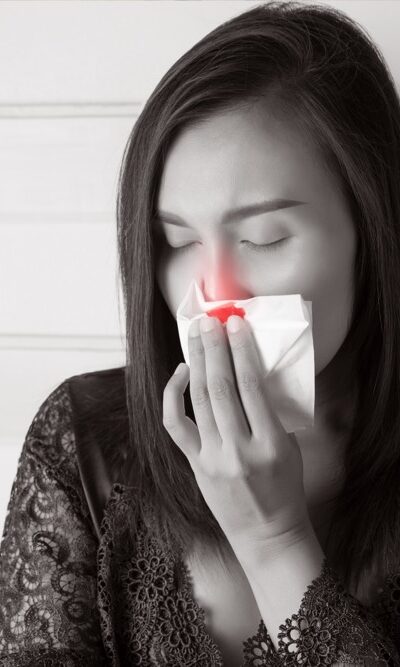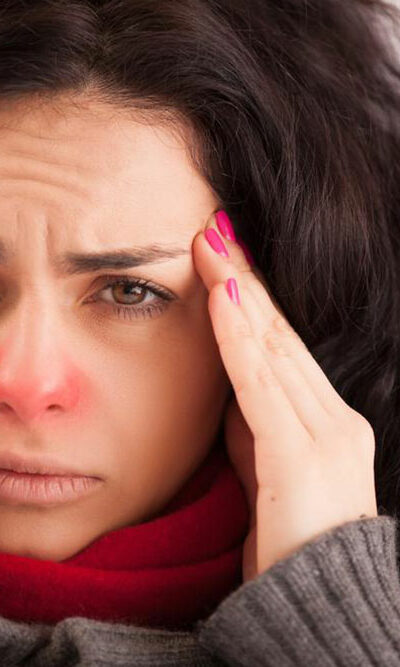
Diet Tips to Lower Triglyceride Levels
Triglycerides are a specific type of fat found in the body. Having high triglyceride levels can increase the risk of heart diseases. Our body breaks down food and converts the extra calories into triglycerides. It stores them in fat cells to generate energy later. While one needs these fat cells to supply energy to the body, having excess triglycerides can increase an individual’s risk of developing a heart condition. What one eats plays a crucial role here, one must make sure that they follow a diet to lower triglycerides. Several reasons can lead to high triglyceride levels such as obesity, regular consumption of alcohol, kidney disease, uncontrolled diabetes, or eating a high-calorie diet. Around one in every five people in the country suffers from high triglyceride levels. Understanding triglycerides numbers The regular level of triglyceride in the body is under 150. The higher the number, the greater are the chances of heart disease. Here are some numbers you should pay attention to: Standard triglyceride – lower than 150 mg/dL Borderline triglyceride – between 150 and 200 mg/dL High triglyceride – over 200 mg/dL Very high triglyceride – over 500 mg/dL. Food plan to control triglyceride levels High triglyceride levels often lead to problems such as diabetes, thyroid disease, obesity, and more. So, as the first line of treatment, one’s doctor will try to control the condition by bringing down the triglyceride levels. Moving on, one must consume a healthy diet to lower triglyceride levels and keep other medical conditions in check. Here are some easy tips to keep one’s triglyceride level within the stipulated level by choosing the right foods. Limiting the sugar intake According to the American Heart Association, an average individual should not consume more than 6-9 teaspoons of added sugar every day. The most common sources of sugar are sweets, fruit juice, and soft drinks.










